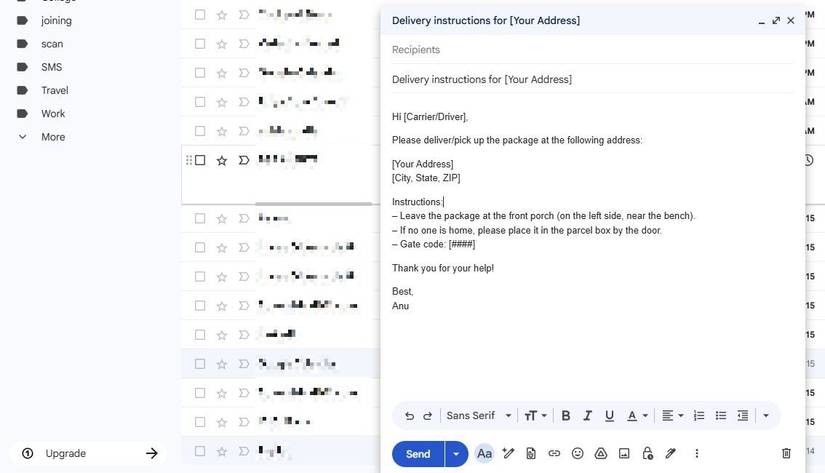Huawei is known for pushing the boundaries of mobile photography, but the Huawei Pura 80 Ultra may be its most ambitious, and most unusual, creation yet.
Announced in China recently, Huawei has now confirmed the Pura 80 Ultra will be released globally, so it’s time to take a closer look at what makes the camera so special.
Look carefully inside the largest of the camera housing on the back of the Pura 80 Ultra, and you’ll spot two telephoto lenses inside it.
However, a single motorized prism moves between a single sensor, allowing both a 3.7x and a 10x telephoto zoom, rather than using two separate sensors for each telephoto lens.
Why? Using the same sensor should improve consistency between lenses, keeping contrast and color similar in photos taken with both telephoto cameras.
The spec sheet is a little confusing, as the two telephoto lenses apparently share the same sensor. 3.7x zoom photos will be taken at 50 megapixels, while the 10x zoom photos will be 12.5MP shots, and both are listed as having different apertures.
It seems some digital trickery and sensor cropping is at work for the full 10x photos. There’s also a 50MP 1-inch main camera and a 40MP wide-angle camera on the back of the phone.
Using a single sensor for the telephoto cameras has likely saved some space inside the phone, allowing Huawei to squeeze in a 5,170mAh battery with 100W fast charging, and 80W wireless charging too.
The phone is modestly sized at 8.3mm thick, and quite heavy at 233 grams, so it doesn’t seem like much weight saving has taken place.
However, in the promotional video, the whole camera mechanism does look very cool.
Elsewhere, you’ll find a 6.8-inch OLED screen with an adaptive 120Hz refresh rate, 16GB of RAM, either 512GB or 1TB of internal storage space, a 13MP selfie camera with autofocus, and a durable body with an IP68 and IP69 dust and water resistance rating, plus updated Crystal Armor Kunlun Glass over the screen.
The phone uses Huawei’s HarmonyOS software, and as has been the case with recent Huawei phone releases, the company does not state which processor is inside.
However, reports from the phone’s Chinese launch indicate it’s Huawei’s own Kirin 9020 chip.
Huawei’s globally released mobile devices usually come to the U.K., Europe, and other parts of the world, but a U.S. release is almost certainly not in the plan.
The price and release date have not been stated at the time of writing. When it arrives it will compete with other top Android camera phones, including the Samsung Galaxy S25 Ultra and the Xiaomi 15 Ultra.



